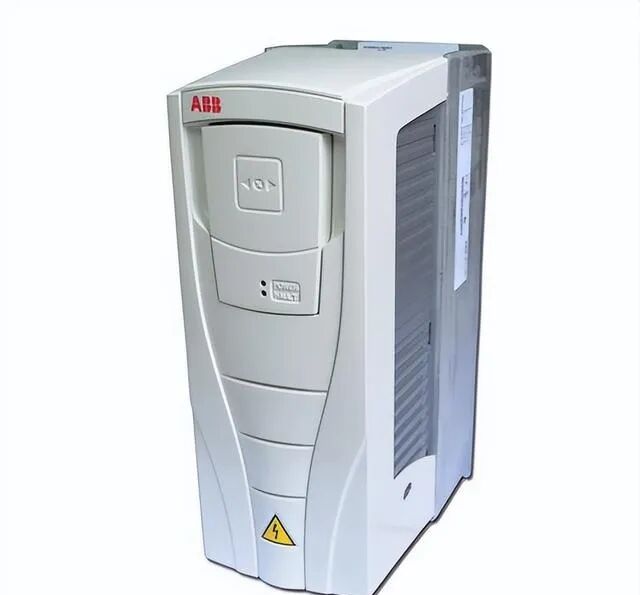Is your factory’s electricity bill too high? With this set of PLC energy-saving strategies, you can save 30% on operating costs!

Let’s start with a few real cases to see how costly it can be to neglect energy optimization. Last year, a cement factory had its fan motors running at full load continuously, even though production was low at night. By the end of the month, they spent over 80,000 more on electricity than their competitors! The factory manager lamented, “If I had known to switch to PLC control earlier, that money could have bought several new machines!”
Another food factory faced even worse issues; the parameters of their variable frequency drive (VFD) were not set correctly, causing a surge in current when the motor started. This not only frequently tripped the circuit breaker, affecting production, but also resulted in 150,000 in maintenance costs over the year, not to mention the losses from downtime. The most regrettable case was a textile factory that installed a VFD but did not link it with the PLC for control. The equipment consumed power as if it were under heavy load even when lightly loaded, wasting enough electricity over a year to cover the annual salaries of three technicians. Isn’t that frustrating?
First Strategy: Choose the Right PLC and VFD, Don’t Let Equipment Be “Out of Place”
Choosing a PLC is like selecting a bodyguard; it needs to be versatile. First, we need to determine how many “bodyguard positions” we have—this refers to the number of I/O points. The input points must be able to receive various signals from the detection circuits, while the output points must control the VFDs and contactors. For example, if we need 6 digital output points, 4 input points, 4 analog input points, and 2 communication ports, the Siemens S7-200 is quite suitable. It’s like a “jack of all trades,” capable of customizing PID parameters and easily interfacing with touch screens, with a simple program structure that beginners can handle.
Many people think everything is fine once the equipment is installed, only to find that the energy-saving effects are poor. The problem may lie in the parameter settings. Here are a few key steps to follow. First, “restore factory settings” on the VFD, just like resetting a new phone to its default settings. Input P0010=30, P0970=1, P0003=3 to return it to a “clean state.”
Next, provide the correct motor parameters. Fill in P0304 with the motor’s rated voltage and P0305 with the rated current. These parameters are like the motor’s “ID card.” If they are incorrect, the VFD may not recognize its “partner.” Here’s a key point: if the VFD is connected on the rotor side, the parameters must be adjusted according to actual values; don’t just copy the motor nameplate, or it’s like putting a heavy winter coat on someone from the south in Hainan—it’s very uncomfortable!
Having good equipment is not enough; they must work well together. The entire energy-saving control system is like a “small team.” The PLC is the “commander,” the VFD is the “executor,” the detection circuit is the “scout,” and the touch screen is the “communicator.” The detection circuit collects data such as stator voltage and rotor current, sends it to the PLC for analysis, which then instructs the VFD to adjust output parameters, while the touch screen allows us to monitor the system’s operational status in real-time, like a “live monitoring dashboard.”

In practice, there are several common pitfalls to be aware of. First, don’t “just replace equipment without adjusting parameters.” Many people spend a lot of money on good equipment, but leave the parameters at their defaults, like buying a smart car but only using manual mode, wasting its capabilities. There was a factory that did just that; they replaced the VFD but didn’t adjust P1120 for acceleration time, resulting in frequent tripping. They eventually had to call in a technician to readjust the parameters, which delayed production and earned them a scolding from the boss.
Let’s calculate the economic benefits clearly. Suppose the cost of a PLC and VFD retrofit solution is 50,000 yuan, including the Siemens S7-200 PLC, MM440 VFD, and accessories like detection circuits and touch screens. After the retrofit, loads like fans and pumps can save over 30% on electricity costs. If the factory’s monthly electricity bill is 100,000 yuan, they could save 360,000 yuan a year, recouping their investment in less than two months, with the rest being pure profit!
First Step: Risk Assessment
Does your factory have motors that continue to “consume power excessively” when lightly loaded? What energy-saving methods have you tried, and how effective were they? If you were given a ready-made energy-saving solution, would you dare to be the first to try it?
Finally, here’s a golden quote for everyone: The electricity savings are real profits! If you find this useful, please like and save it. I will share more industrial energy-saving tips in the future. The top three people who like this will receive a free electronic version of the “Industrial Protocol Secrets,” helping you connect your equipment seamlessly! See you next time!